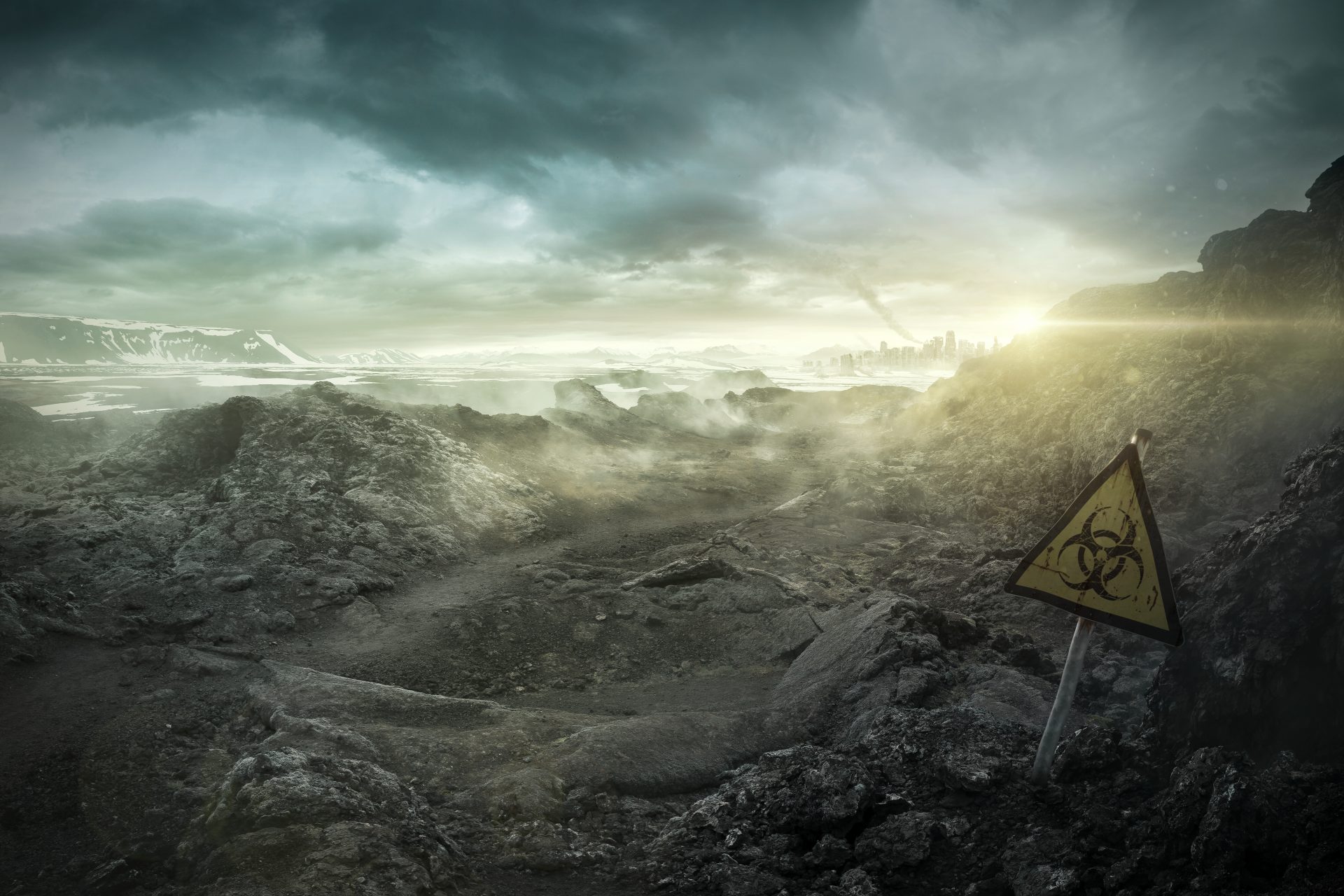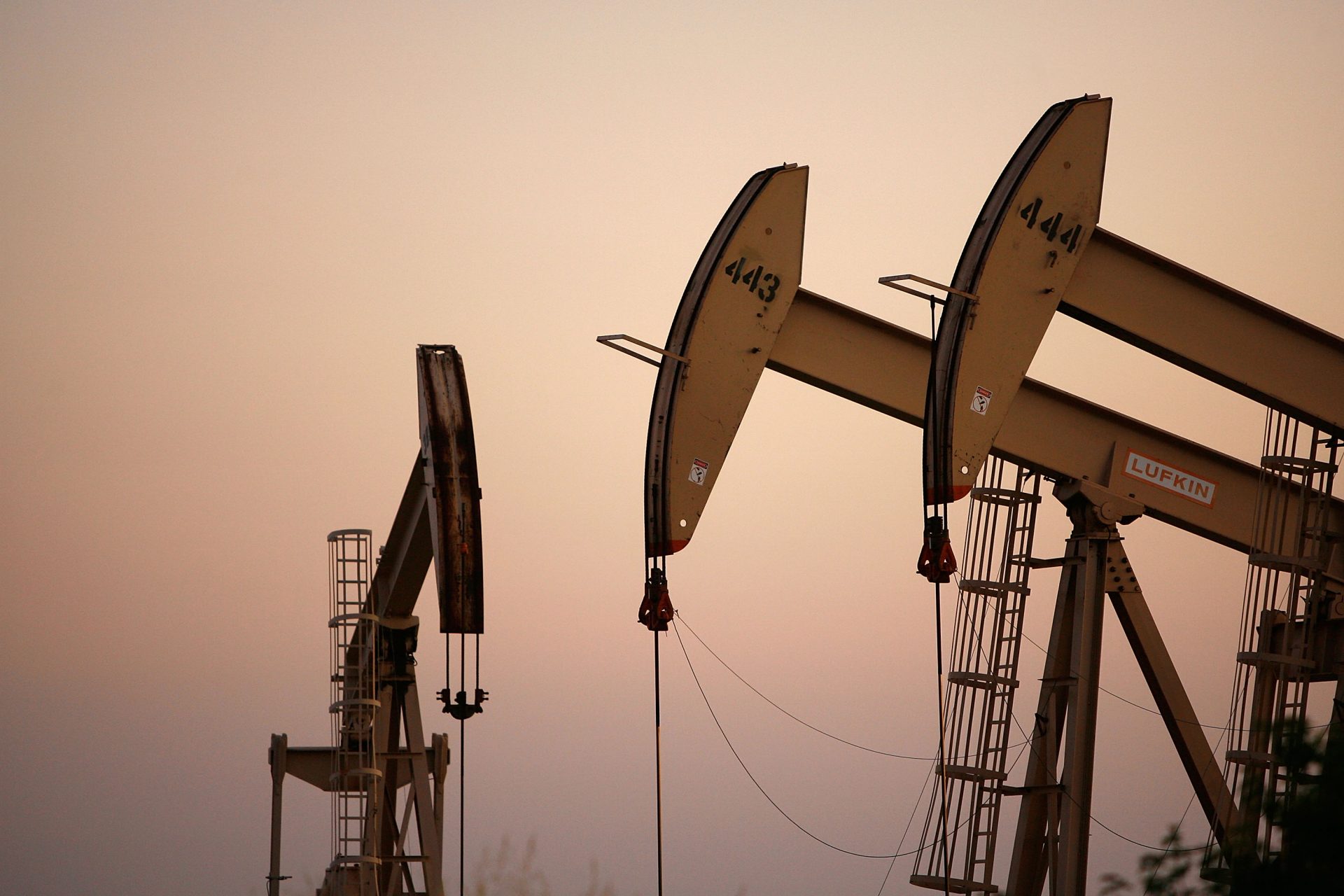Nuclear Armageddon: what would the world look like if the worst were to happen?
A large-scale nuclear war would, by all scientific projections, be a planetary disaster of the highest order. Would the human race survive? What would the world look like after nuclear Armageddon?
Those who are the most optimistic like to believe in the survival of the human race. But the truth is that nuclear explosions, in addition to direct deaths for millions, would cause profound changes that would greatly complicate life on Earth.
One of the phenomena often cited as a tragic side effect of an atomic disaster is the so-called 'nuclear winter'. But what is that?
Scientists have been predicting since the Cold War that a chain of nuclear explosions would create so much smoke and particles that the sun would be covered for months and temperatures would drop.
Tim Mossholder / Unsplash
According to Nature, some studies even point to the possibility that the planet's temperature could drop as much as 10°C, ruining entire crops and leading to unprecedented famines.
NASA's Goddard Institute for Space Studies has released a study that estimated that after a nuclear chain of explosions, global corn crops would fall by 13%, wheat by 11% and soybeans by 17%.
The main producers, such as the United States and Ukraine, would of course be badly affected. In three years, according to the NASA study, grain stocks would have dwindled. Importing them would be very difficult. Hunger would hit the planet.
Recent research lowers the possibility of a prolonged 'nuclear winter' and suggests the effect could be slightly milder. But there is scientific consensus that a nuclear disaster would affect the planet's climate and wildlife.
Image: Denny Müller / Unsplash
According to a report by oceanographer Nicole Lovendusk of the University of Colorado at Boulder (reported in Nature), global cooling caused by a nuclear winter or an abrupt drop in temperature could reduce the ability of the seas to absorb carbon (CO₂).
Based on Nicole Lovendusk's conclusions, it can be argued that the pH of the oceans would drop in a few years, as would the aragonite level. In practice, this translates into a decrease in marine life.
Some even believe that the dark skies of the nuclear winter and the cooling would reverse the trade winds. Joshua Coupe stated this at an American Geophysical Union convention, adding that such a change in trade winds would lead to drought and torrential rain.
Beyond these climatic global impacts, there is a more obvious disaster: major world cities would be left in ruins, the loss of lives, radioactive diseases, a destroyed infrastructure, almost throwing us back to pre-industrial times.
In principle, people in the affected areas should be able to leave their shelters about five to seven days after a nuclear explosion. However, it is more difficult to calculate how long the radioactivity remains on the ground. This depends on the weather, wind, etc. It is best to leave the devastated areas.
In addition to the direct victims of the explosions, there would be an untold number of diseases caused by radioactivity. The health care systems and hospitals that would be damaged by such a catastrophe would struggle to cope with such a surge of patients.
Just look at Wikipedia ("Effects of nuclear explosions") for the following characteristic of a post-nuclear world: the so-called EMP effect (also known as NEMP or nuclear electromagnetic pulse) would render a vast majority of electronic devices useless.
Until this "technological silence" can be resolved, the areas devastated by the nuclear explosion (and far beyond) would in a sense return to the Stone Age.
Since the Cold War, post-apocalyptic cinema has been a genre with a plethora of titles. It usually depicts a depressing horizon of violence for survival, where the law of the fittest prevails. The picture here shows 'Mad Max' (fantasizing about an apocalypse caused by oil shortages).
However, the future is never fixed and the worst predictions don't always come true. Vaccines have helped us survive a major pandemic and we can still avoid nuclear war. And even if such a catastrophe were to occur, man has an almost limitless adaptability. Let's hope we don't have to put it to the test.
Image: Ivana Cajina / Unsplash
More for you
Top Stories































